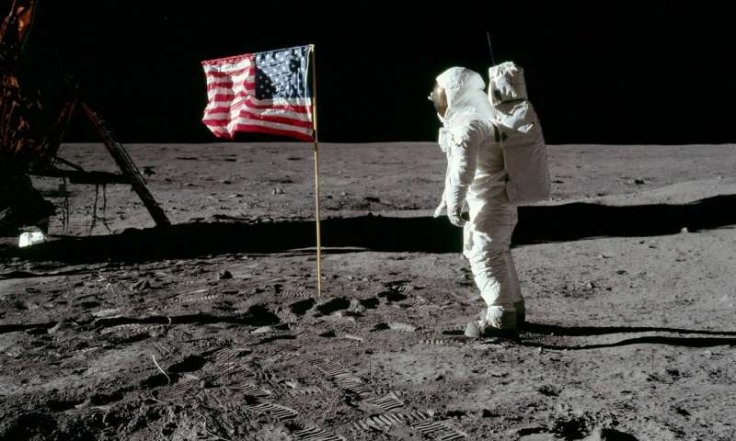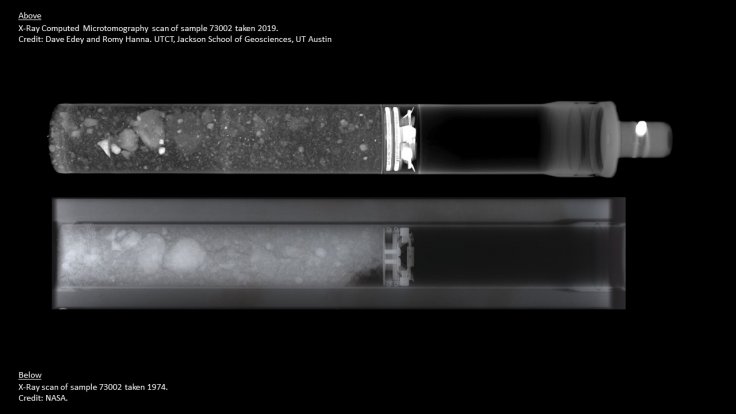
NASA has finally opened one of the samples taken from the Moon during an Apollo mission. According to the agency, it decided to wait for technology to improve before opening samples obtained from the lunar surface.
Earlier this week, NASA opened a sample collected by the Apollo 17 mission to the Moon. During the expedition, which was launched in 1972, NASA astronauts Gene Cernan and Jack Schmitt collected rock and soil samples from the Moon.
But instead of immediately opening and studying the samples after they were brought back to Earth, NASA decided to wait for technological advancements to improve through the years. The agency believes studying the samples with more advanced technology will provide better information regarding the lunar environment.
The sample opened by NASA is labeled as 73002. It is one of the two lunar samples that the agency will study as part of its project known as Apollo Next-Generation Sample Analysis (ANGSA). The project's lead scientist Charles Shearer noted that ANGSA aims to study the Moon's geographical features.
"The findings from these samples will provide NASA new insights into the Moon, including the history of impacts on the lunar surface, how landslides occur on the lunar surface, and how the Moon's crust has evolved over time," he said in a statement. "This research will help NASA better understand how volatile reservoirs develop, evolve and interact on the Moon and other planetary bodies," Shearer added.

To demonstrate how technology has changed over the years, NASA shared X-ray images of the lunar sample taken in 2019 and 1974. The two images clearly show how technology has improved after a couple of decades.
For Francis McCubbin, NASA's astromaterials curator, studying sample 73002 with state-of-the-art technology will provide new information about the Moon. It can also improve the scientific procedures that will be conducted in NASA's upcoming mission to the Moon for its Artemis program.
"Opening these samples now will enable new scientific discoveries about the Moon and will allow a new generation of scientists to refine their techniques to better study future samples returned by Artemis astronauts," he said. "Our scientific technologies have vastly improved in the past 50 years and scientists have an opportunity to analyze these samples in ways not previously possible."
Read more









